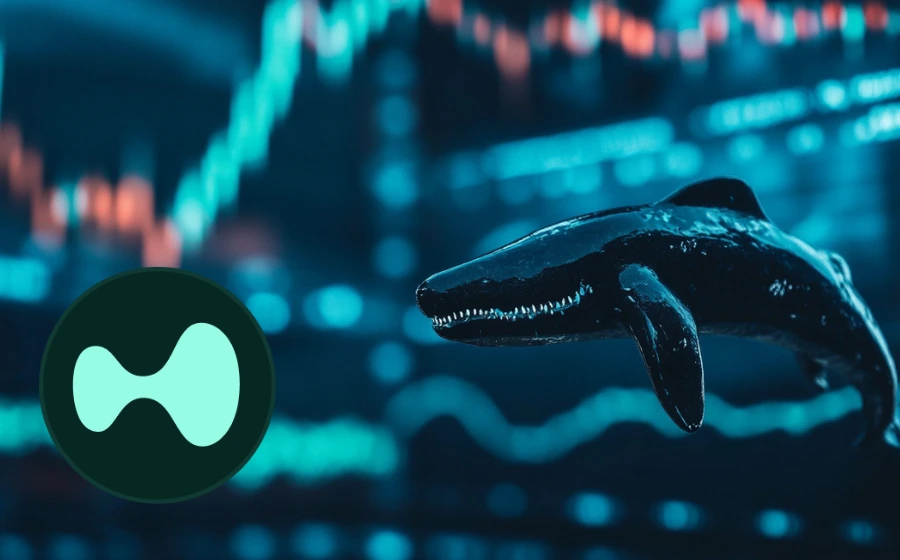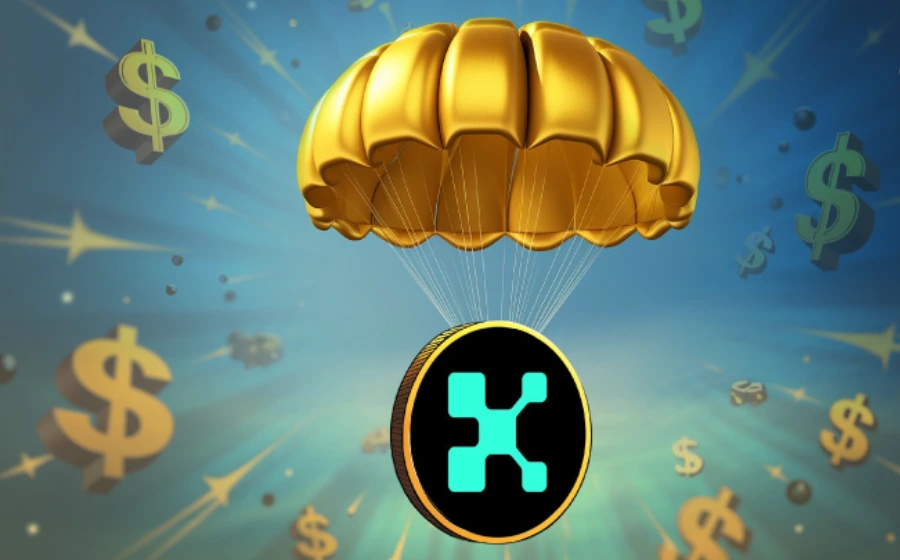
KEYTAKEAWAYS
- Whale used 50x leverage, withdrew profits early, and forced liquidation to shift risk to the exchange.
- Hyperliquid’s oracle pricing and liquidation system allowed manipulation, leading to a $4M loss.
- High leverage and liquidity gaps in decentralized trading create risks for future exploits without stronger risk management.

CONTENT
On March 12, 2024, something incredible happened in the decentralized derivatives market. A mysterious whale made a highly strategic trade on the Hyperliquid exchange. By using high leverage, smart fund management, and precise timing, he built a massive position and then forced a liquidation, making the exchange take the loss.
The result? The whale walked away with $1.87 million in profit, while Hyperliquid suffered a $4 million loss.
This event quickly became a hot topic in the crypto community. Some saw it as a brilliant strategy, while others argued it was an exploitation of exchange weaknesses. In this article, we will break down the whale’s tactics, explain why the exchange suffered, and discuss what this means for the future of decentralized trading.
A MASTER PLAN: HOW THE WHALE EXECUTED HIS TRADE
This wasn’t just a lucky trade. The whale had already proven himself in past trades, successfully navigating the market multiple times before March 12:
- March 2: Used 50x leverage to go long on BTC and ETH, earning $6.83 million in 24 hours.
- March 3: Shorted BTC before the U.S. stock market opened, making $300K.
- March 10: Went long on ETH with 50x leverage, making $2.15 million in just 40 minutes.
- March 11: A quick ETH trade, testing the market with a small $5K profit.
But on March 12, he pulled off his biggest move yet.
Step 1: Building a Massive Leverage Position
The whale deposited $3.48 million into Hyperliquid and used 50x leverage to buy 17,000 ETH (worth $31.2 million).He then kept adding more, increasing his position to 170,000 ETH (worth $343 million), pushing up the market price.
Step 2: Securing Profits and Creating a Liquidation Trap
As his position gained value, his unrealized profit reached $8.59 million.Instead of closing the trade, he withdrew $8 million from his account, leaving only $6.13 million as margin.
This was a key move:
- With less margin left, his liquidation price moved closer to the market price.
- If the price kept rising, he could sell at a higher profit.
- If the price dropped slightly, he would get liquidated—but since he had already withdrawn most of his profits, he wouldn’t actually lose much.
Step 3: Triggering Liquidation, Making the Exchange Take the Loss
The market dropped slightly, triggering a forced liquidation.Because Hyperliquid’s system had to buy his position, but there weren’t enough buyers in the market, the exchange’s HLP insurance fund had to take the loss—a $4 million loss.
Meanwhile, the whale had already secured his $1.87 million profit and exited the market without risk.
WHY DID HYPERLIQUID LOSE? EXCHANGE WEAKNESSES EXPOSED
This wasn’t just a smart trade—it was a trade that took advantage of Hyperliquid’s flaws. Here’s what made it possible:
No Position Limits, Allowing Huge Leverage
Hyperliquid didn’t have strict rules on maximum position size, allowing the whale to use 50x leverage to build a huge position.
This let him move the market price in his favor.
Pricing Based on Oracle Data Instead of Market Orders
Unlike centralized exchanges (CEXs) that use order books, Hyperliquid uses oracle price feeds to determine contract prices.On a CEX, large market orders cause slippage, making it hard to manipulate prices.On Hyperliquid, the whale could buy or sell at the exact oracle price, avoiding slippage.
The Insurance Fund (HLP) Had to Cover Liquidation Losses
Hyperliquid’s HLP insurance fund is designed to take over liquidated positions.
- Normally, this system works fine in a stable market.
- But when one trader holds a massive position, liquidation overloads the system.
- With no one else willing to buy at liquidation price, HLP had to take the loss.
Self-Liquidation to Avoid Market Slippage
- Regular traders close their positions gradually to avoid losing too much money.
- The whale, however, deliberately let himself be liquidated, knowing the exchange would have to buy his position.
- This allowed him to cash out his profit without market impact, while Hyperliquid absorbed the loss.
WHAT HAPPENED NEXT? HYPERLIQUID’S RESPONSE
After this event, Hyperliquid quickly changed its rules:
- Lowered leverage: Max leverage for BTC reduced from 50x to 40x, and for ETH reduced to 25x.
- Better risk controls: Considering a tiered margin system like centralized exchanges to prevent large-scale manipulation.
But is this enough to stop future exploits? Some traders aren’t convinced.
Zhu Su, co-founder of Three Arrows Capital, believes the whale also had a short position on a CEX. When his Hyperliquid long position was liquidated, it caused a temporary market crash, which made his short position profitable.
Other traders, like CryptoApprenti1, even suggest this was a wash trade strategy—a form of market manipulation.
CONCLUSION
The Hyperliquid 3.12 event will be remembered as a case study in high-stakes trading and exchange weaknesses.This wasn’t just about one trader making money—it was about how decentralized trading systems handle extreme market events.
For traders, it’s a reminder that understanding exchange mechanics can create unique opportunities.For exchanges, it’s a warning that without strong risk management, one smart whale can drain millions from the system.Hyperliquid made changes, but will they be enough? Only time will tell.
▶ Buy Crypto at Bitget
CoinRank x Bitget – Sign up & Trade to get $20!
















